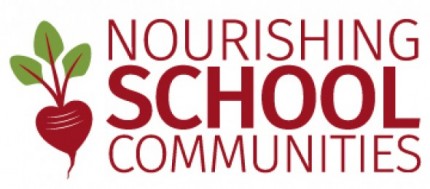The City We Need...
1. The city we need is inclusive. It provides spaces and opportunities for all populations to engage in the social, economic, political, and cultural aspects of city life.
2. The city we need is well planned, walkable and transit-friendly. It has ample, accessible basic and social services, especially water, sanitation, solid waste disposal and utilities; educational and health care facilities; fire and police protection;efficient, affordable, integrated public transit and non-motorized transportation systems; and public space. It is composed of mixed-use neighborhoods with the majority of these services within walking distance.
3. The city we need is equitable and has affordable housing. Land use,infrastructure, and basic services are planned to facilitate the construction of financially accessible housing. Public services are planned together with the communities they serve and consciously include the needs of women, youth and vulnerable populations.
4. The city we need is a regenerative city. It is energy efficient, low-carbon and increasingly reliant on renewable energy sources, by replenishing the resources it consumes, and by recycling, re-using, and reducing waste. The regenerative city uses water, land and energy in a coordinated manner and in harmony with its surrounding hinterland, contributing to resilience.
5. The city we need is economically vibrant. It encourages and fosters local economic development from the smallest entrepreneur to the largest corporations. It addresses the specific needs of the informal sector of the economy in its economic development policies and strategies.
6. The city we need has a unique identity and sense of place. It recognizes cultural diversity and actively protects cultural heritage as key to human dignity and to sustainability, unlocking the creative potential of all.
7. The city we need is a safe city. The city is welcoming night and day, enabling all people to use the streets, parks and transit without fear. Public officials neighborhood residents, and community groups communicate frequently and
productively.
8. The city we need is a healthy city.. All public and private entities providing public services (water, waste, energy, transport, open space, recreational facilities)work together with the city’s residents to promote public and environmental
health, while protecting biodiversity.
9. The city we need is coherently governed and managed at multiple scales. It coordinates sectoral policies and actions (economy, mobility, biodiversity, energy, water and waste) within a comprehensive and coherent political and administrative framework. Communities are active participants in decision making. Roles and responsibilities among all stakeholders are clearly defined around a shared agenda, with resources allocated strategically and equitably.
10. The city we need is the site of knowledge production and dissemination. It fosters the generation of knowledge through efficient communication and accessible and relevant sources of information.
11. The city we need is made for and by people. It recognizes the centrality of human beings Emphasize that the city we need will require the implementation of good policies based on trans-disciplinary, evidence-based research. Promote the enabling environment that will produce and communicate the necessary research. Emphasize that the city we need will require the implementation of good policies based on trans-disciplinary, evidence-based research.
LINK: http://www.wfsf.org/resources/pedagogical-resources/reports-by-un-and-other-international-organisations/22-un-habitat-2013-the-city-we-need-urban-habitat/file




 Everyone has enough food to eat
Everyone has enough food to eat

